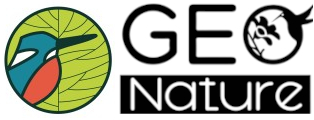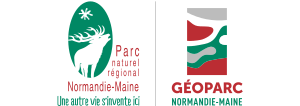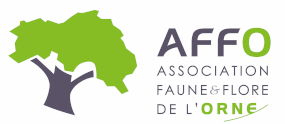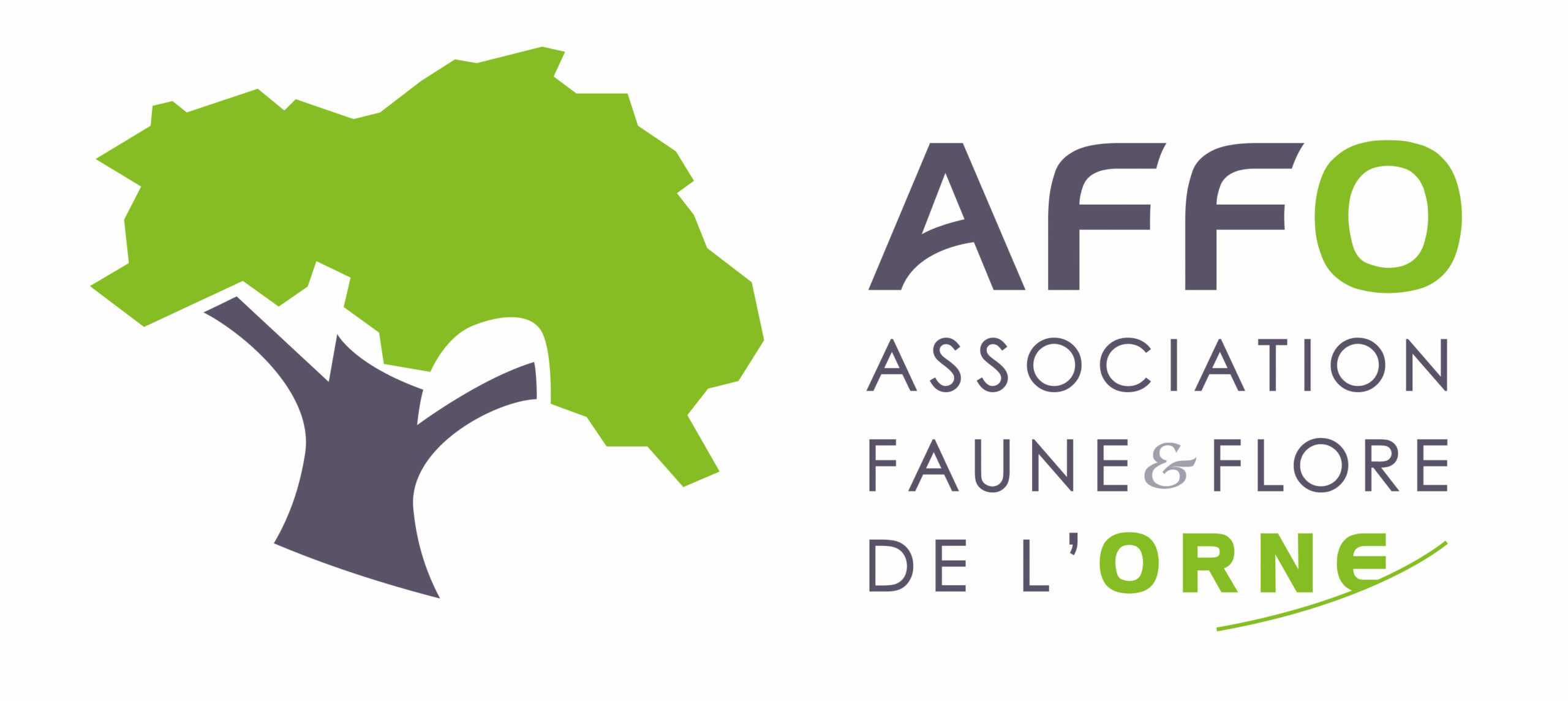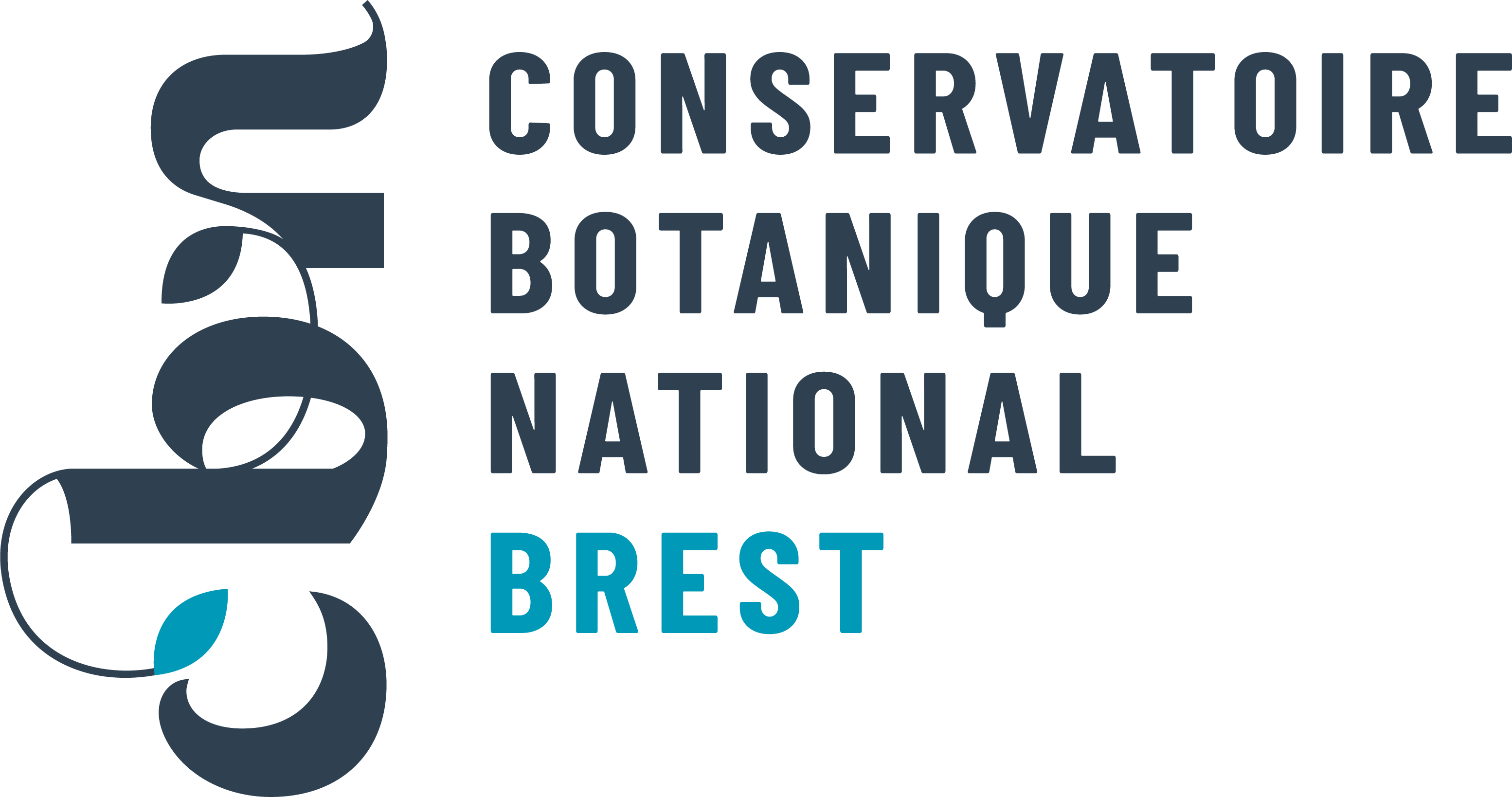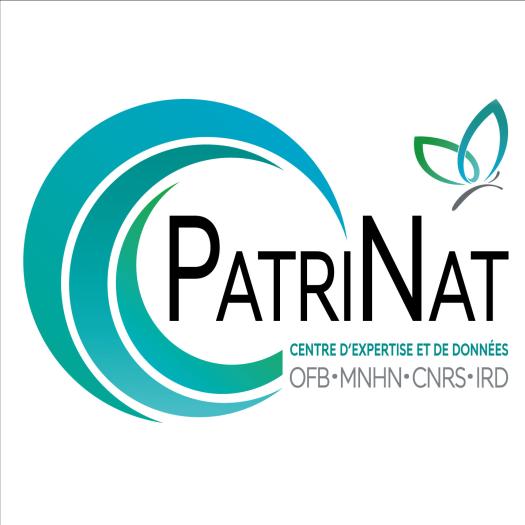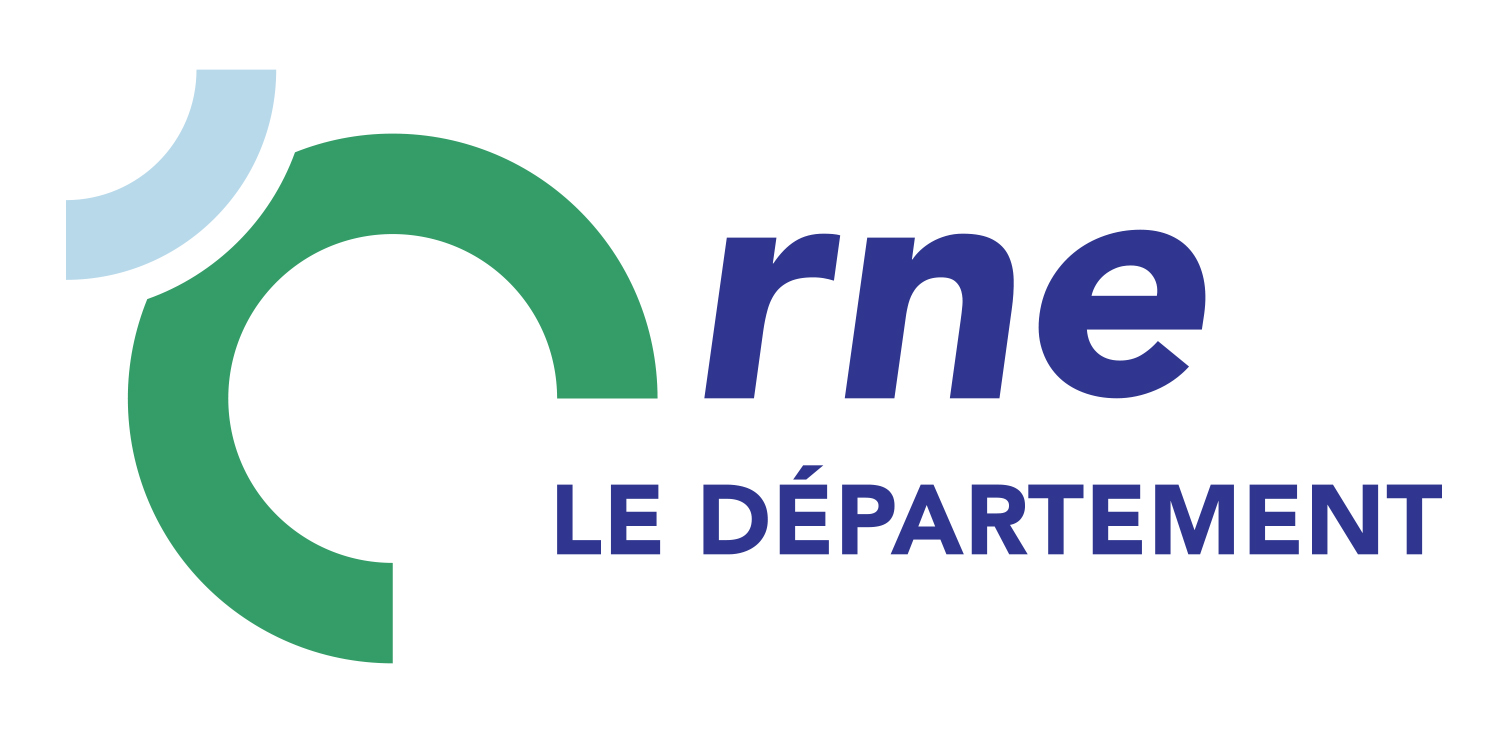Néottie ovale
Neottia ovata (L.) Bluff & Fingerh., 1837
Où cette espèce a-t-elle été observée ?
 Attention : cette espèce peut être présente où il n’y a pas de maille, mais à ce jour elle n’y a pas encore été observée.
Attention : cette espèce peut être présente où il n’y a pas de maille, mais à ce jour elle n’y a pas encore été observée.
- 342 observations
-
89
communes -
70
observateurs
13
organismes -
Première observation
1900 -
Dernière observation
2025
Appenai-sous-Bellême - Arcisses - Argenvilliers - Authon-du-Perche - Bazoches-sur-Hoëne - Beaumont-les-Autels - Belforêt-en-Perche - Bellavilliers - Bizou - Boëcé - Bretoncelles - Ceton - Champeaux-sur-Sarthe - Champrond-en-Perchet - Chapelle-Guillaume - Charbonnières - Charencey - Chemilli - Corbon - Coulimer - Courgeon - Courgeoût - Cour-Maugis sur Huisne - Crulai - Dame-Marie - Feings - Fontaine-Simon - Happonvilliers - Igé - Jaudrais - La Chapelle-Montligeon - La Croix-du-Perche - La Ferté-Vidame - La Framboisière - La Madeleine-Bouvet - Lamblore - La Mesnière - La Puisaye - La Ventrouze - Le Mage - Le Pas-Saint-l'Homer - Le Pin-la-Garenne - Les Aspres - Les Genettes - L'Hôme-Chamondot - Loisail - Longny les Villages - Luigny - Manou - Marolles-les-Buis - Mauves-sur-Huisne - Miermaigne - Montgaudry - Montireau - Mortagne-au-Perche - Moulhard - Moutiers-au-Perche - Nogent-le-Rotrou - Parfondeval - Perche en Nocé - Pervenchères - Pouvrai - Rémalard en Perche - Sablons sur Huisne - Saint-Aquilin-de-Corbion - Saint-Aubin-de-Courteraie - Saint-Cyr-la-Rosière - Saint-Denis-sur-Huisne - Sainte-Céronne-lès-Mortagne - Saint-Germain-de-la-Coudre - Saint-Germain-des-Grois - Saint-Hilaire-le-Châtel - Saintigny - Saint-Jean-Pierre-Fixte - Saint-Jouin-de-Blavou - Saint-Langis-lès-Mortagne - Saint-Mard-de-Réno - Saint-Martin-des-Pézerits - Saint-Martin-du-Vieux-Bellême - Saint-Maurice-Saint-Germain - Saint-Ouen-de-Sécherouvre - Senonches - Soligny-la-Trappe - Souancé-au-Perche - Thiron-Gardais - Tourouvre au Perche - Vaunoise - Vaupillon - Villiers-sous-Mortagne
-
Association Faune & Flore de l'Orne (AFFO)
Participation à 175 Observations
Part d'aide à la prospection : 51.17 %
Fiche organisme
-
PNR et géoparc mondial UNESCO Normandie-Maine
Participation à 73 Observations
Part d'aide à la prospection : 21.35 %
Fiche organisme
-
Conservatoire Botanique National de Brest (CBNB)
Participation à 73 Observations
Part d'aide à la prospection : 21.35 %
Fiche organisme
-
Conservatoire botanique national du Bassin parisien (CBNBP)
Participation à 66 Observations
Part d'aide à la prospection : 19.30 %
Fiche organisme
-
Ministère de la Transition écologique et de la Cohésion des territoires
Participation à 46 Observations
Part d'aide à la prospection : 13.45 %
Fiche organisme
-
PNR du Perche
Participation à 39 Observations
Part d'aide à la prospection : 11.40 %
Fiche organisme
-
Société Française d'Orchidophilie (SFO)
Participation à 37 Observations
Part d'aide à la prospection : 10.82 %
Fiche organisme
-
Muséum national d'Histoire naturelle (MNHN)
Participation à 37 Observations
Part d'aide à la prospection : 10.82 %
Fiche organisme
-
UMS PatriNat (OFB-CNRS-MNHN)
Participation à 14 Observations
Part d'aide à la prospection : 4.09 %
Fiche organisme
-
Institut floristique franco-belge (IFFB)
Participation à 6 Observations
Part d'aide à la prospection : 1.75 %
Fiche organisme
-
Institut national de l'information géographique et forestière (IGN)
Participation à 1 Observation
Part d'aide à la prospection : 0.29 %
Fiche organisme
-
Conseil départemental de l'Orne (bureau ENS)
Participation à 1 Observation
Part d'aide à la prospection : 0.29 %
Fiche organisme
Informations espèce
Source : Biodiv'Écrins, Parc national des Écrins
E2.241 : Fenno-Scandian boreal and sub-boreal meadows
G1.A131 : Frênaies-chênaies à Arum
Répartition actuelle en France métropolitaine
© INPN - Avertissement : les données visualisables reflètent l'état d'avancement des connaissances et/ou la disponibilité des données existantes au niveau national : elles ne peuvent en aucun cas être considérées comme exhaustives.
Répartition actuelle dans le monde
Avertissement : les données visualisables reflètent l'état d'avancement des connaissances et/ou la disponibilité des données existantes au niveau mondial : elles ne peuvent en aucun cas être considérées comme exhaustives.





